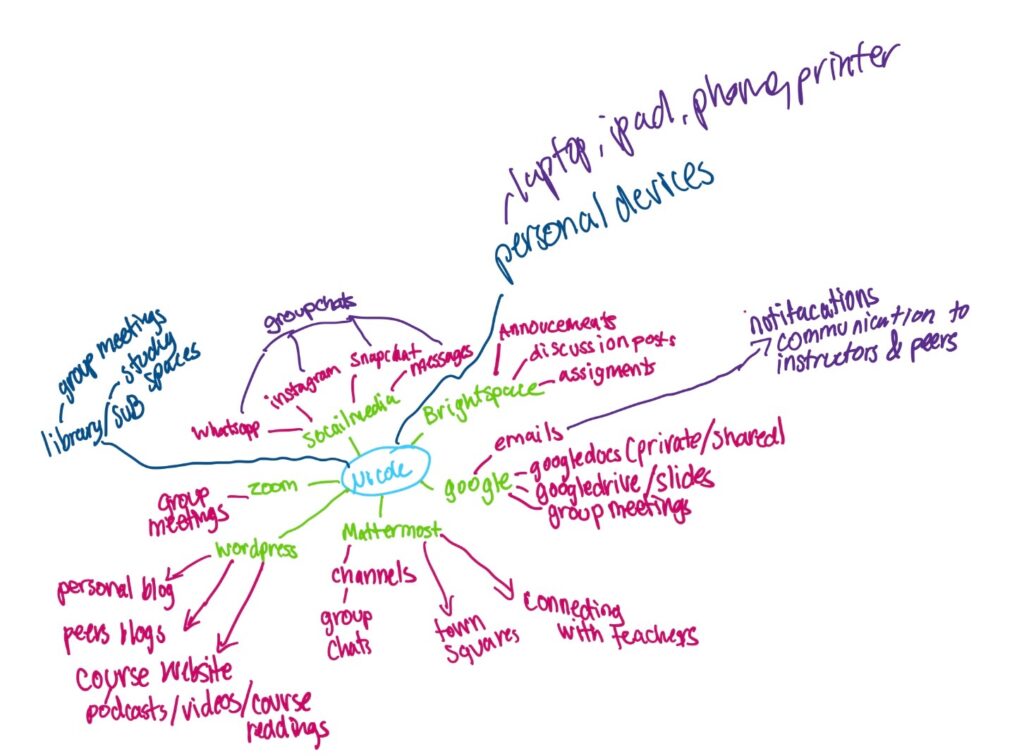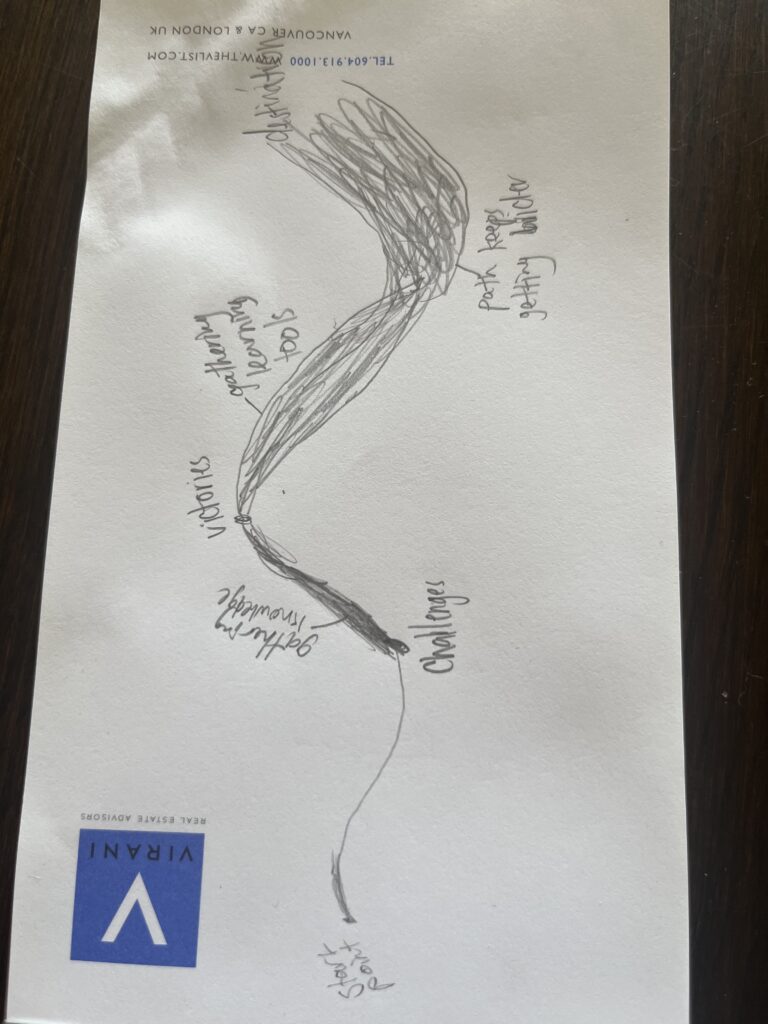- Technology in Society is one of the focuses of the dual program I am taking at UVIC, which sparked my curiosity to delve into Rheingold’s (2014) perspective on adopting new technologies in educational settings. Applying the insights from Rheingold (2014) to my experience as a student, I believe that instructors must consider numerous factors before implementing new tools and approaches in their teaching practices. Some key factors include:
What should institutions consider before adopting new technologies?
- Rheingold’s (2014) article highlights the danger of technology when its origin and purpose are forgotten. Hence, prior to embracing new technologies, institutions must revisit the “fundamental thinking tools we all benefit from — rationality, progress, democratic self-governance, universal acceptance of the superiority of the scientific method to other ways of knowing” (Rheingold, 2014). This awareness prompts a reevaluation of whether integrating new technological advancements is necessary, effective, and advantageous. Educational institutions must align the new technology with their pedagogical objectives and learning outcomes, ensuring it enhances the learning experience and supports instructional strategies employed by educators. Rheingold (2014) emphasizes the importance of defining clear pedagogical purposes for integrating technology. This entails ensuring equal accessibility and inclusivity, addressing privacy and data concerns, providing proper training and support for all educational staff, conducting cost analysis, determining scalability, and addressing ethical considerations.
- Rheingold (2014) introduces the concept of the “Enlightenment Project,” as practiced by pioneers like Descartes, Bacon, Newton, and Galileo, who predicted the societal impact of experimental inventions. To ensure positive outcomes from technology adoption, institutions should rely on evidence-based research and data, such as pilot studies, systematic experiments, feedback from educators and students, and rigorous evaluations.
- Long-Term Sustainability: Institutions must also account for the long-term sustainability of new technology adoption. This involves a cost-benefit analysis to determine the technology’s financial viability over time. Factors such as acquisition, implementation, training, and ongoing support costs should be evaluated. Additionally, institutions should assess whether the technology’s longevity aligns with potential future updates or changes.
- Ensuring Privacy and Accessibility: Data privacy and security must be prioritized, ensuring compliance with data privacy laws. Technology adoption should also be accessible to all students, including those with disabilities and diverse backgrounds.
What should instructors consider before implementing new tools or approaches to teaching in their own practices?
- Educators should echo the considerations made by institutions to ensure the new technology aligns seamlessly with the intended learning outcomes for the course. Instructors should adapt tools according to the curriculum level they teach to avoid unnecessary complexity for both students and themselves. Monitoring students’ responses to the technology is crucial, focusing on motivation, engagement, learning progress, and participation.
- Before integrating new technology into the classroom, instructors should undergo thorough training to comprehend the technology’s design, usage, and effective support methods for students. Time investment is another facet to ponder, weighing whether the learning curve for the technology improves overall course objectives and delivery efficiency.
- Teachers bear the responsibility of guaranteeing all students have access to the necessary devices. They should also assess if the technology introduces potential barriers for learners and make necessary adjustments that cater to diverse learning styles.
What hidden motivations may impact the adoption of new technological tools? How could these motivations impact the future of education long term?
- Hidden motivations can extend beyond enhancing learning outcomes, influencing technology adoption in education. These motivations might include financial interests, marketing pressures from EdTech companies, and the drive to maintain competitiveness. To ensure a positive and sustainable impact on the future of education, institutions must critically examine their motivations for adopting new technological tools and prioritize transparency in their decision-making processes.
- Long term, the impact of these motivations could lead to an educational landscape driven by profit rather than quality. Balancing profit motives with educational integrity is essential to ensure that the future of education remains centered on meaningful learning outcomes.
Reflection:
- Rheingold’s (2014) article aligns with my goals and interests in this course. My studies revolve around new technologies, and I’m intrigued by the process of readying for technological advancements. This exercise has heightened my understanding of the crucial factors for enhancing education through technology. Balancing innovation and ethical considerations becomes paramount in the rapidly evolving realm of educational technology. Reading Module 5 materials and answering assignment questions helped me develop a perspective on the social impacts of technology and a student-centered approach to education. Technology plays a transformative role in empowering students. By embracing innovative teaching methods and using technology as a tool for personalized learning, educators can create engaging and dynamic learning environments that cater to individual student needs and interests.
Rheingold, H. (2014) “Technology 101: What Do We Need To Know About The Future We’re Creating?” from Critical Digital Pedagogy https://cdpcollection.pressbooks.com/chapter/technology-101-what-do-we-need-to-know-about-the-future-were-creating/


Recent Comments